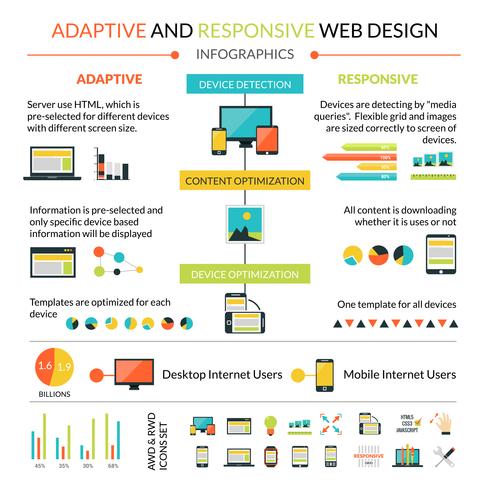The Growth Of Site Style: From Earlier Times To Currently
The Growth Of Site Style: From Earlier Times To Currently
Blog Article
Web Content By-Hartley Trolle
In the past, web sites were basic and concentrated on details. Navigating was straight, and layout was for desktop computers. Now, user experience is key. Information guides designs for very easy navigating. Responsive designs fit various gadgets. Today, dark mode minimizes stress, and minimal food selections boost navigating. Interactive attributes involve users, and strong visuals stand apart. AI combination improves involvement. See just how style has advanced to improve your online journey.
Very Early Days of Web Design
In the early days of web design, simplicity preponderated. Websites were basic, with restricted colors, fonts, and layouts. The focus got on offering details rather than flashy visuals. Customers accessed the internet via sluggish dial-up connections, so speed and capability were crucial.
Navigating menus were straightforward, typically located at the top or side of the web page. Sites were made for desktop computers, as mobile surfing wasn't yet widespread. Web content was king, and developers prioritized simple readability over intricate style elements.
web development consulting was the main coding language used, and designers needed to function within its restrictions. Computer animations and interactive functions were minimal compared to today's standards. Internet sites were fixed, with little dynamic web content or customized individual experiences.
Increase of User-Focused Layout
With the evolution of web site style, a change towards user-focused style concepts has actually become increasingly noticeable. Today, producing sites that focus on individual experience is critical for involving visitors and accomplishing business objectives. User-focused style involves comprehending the demands, preferences, and actions of your target market to tailor the internet site's design, content, and includes appropriately.
Designers currently carry out comprehensive study, such as customer surveys and use testing, to collect insights and feedback straight from individuals. This data-driven method helps in producing instinctive navigating, clear calls-to-action, and visually enticing user interfaces that resonate with visitors. By placing the user at the facility of the layout process, web sites can deliver an extra individualized and enjoyable experience.
Responsive layout has also become an essential aspect of user-focused style, ensuring that websites are enhanced for various gadgets and screen dimensions. This versatility improves accessibility and functionality, accommodating the varied means customers connect with web sites today. Basically, the rise of user-focused style represents a shift towards creating digital experiences that prioritize the demands and expectations of the end individual.
Modern Trends in Web Design
Discover the current patterns forming website design today. official site is dark setting style, providing a sleek and contemporary look while lowering eye strain in low-light environments. An additional essential pattern is minimalist navigation, streamlining food selections and improving user experience by concentrating on essential elements. Incorporating micro-interactions, such as computer animated buttons or scrolling impacts, can develop an extra interesting and interactive internet site. Receptive design continues to be crucial, making sure seamless user experiences throughout numerous gadgets. Furthermore, making use of strong typography and unbalanced layouts can include aesthetic passion and accentuate certain material.
Incorporating AI technology, like chatbots for consumer support or customized referrals, boosts individual involvement and streamlines processes. Accessibility has likewise come to be a considerable fad, with developers focusing on comprehensive style methods to deal with varied individual needs. Welcoming sustainability by enhancing site efficiency for rate and efficiency is an additional emerging fad in website design. Teaming up with customer responses and data analytics to iterate and improve design constantly is vital for staying relevant in the ever-evolving digital landscape. By accepting these modern trends, you can create a visually appealing, user-friendly site that reverberates with your audience.
Final thought
As you review the advancement of website layout from the early days to now, you can see exactly how user-focused layout has actually come to be the driving pressure behind modern-day patterns.
Welcome the trip of adjustment and adjustment in website design, always keeping the individual experience at the leading edge.
Remain present with the most up to date fads and innovations, and never stop developing your technique to create visually spectacular and easy to use web sites.
Advance, adjust, and create - the future of website design is in your hands.
